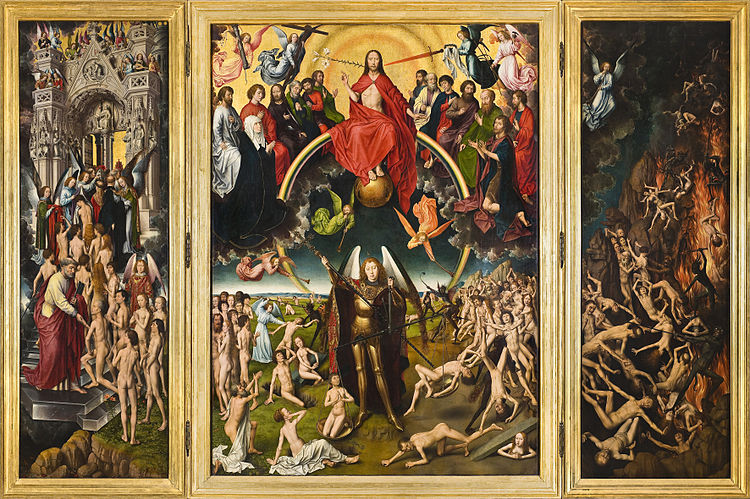
The mission of the Memling Research Centre, established at the University of Gdańsk in 2022, is to continue and promote research on Hans Memling’s triptych ‘The Last Judgement’ and many related humanistic issues, including restitution, ownership, and the location and manner of exhibiting the work. We approach all of this in an international context, in cooperation with foreign scholars, whom we invite to give guest lectures and participate in conferences at the University of Gdańsk.
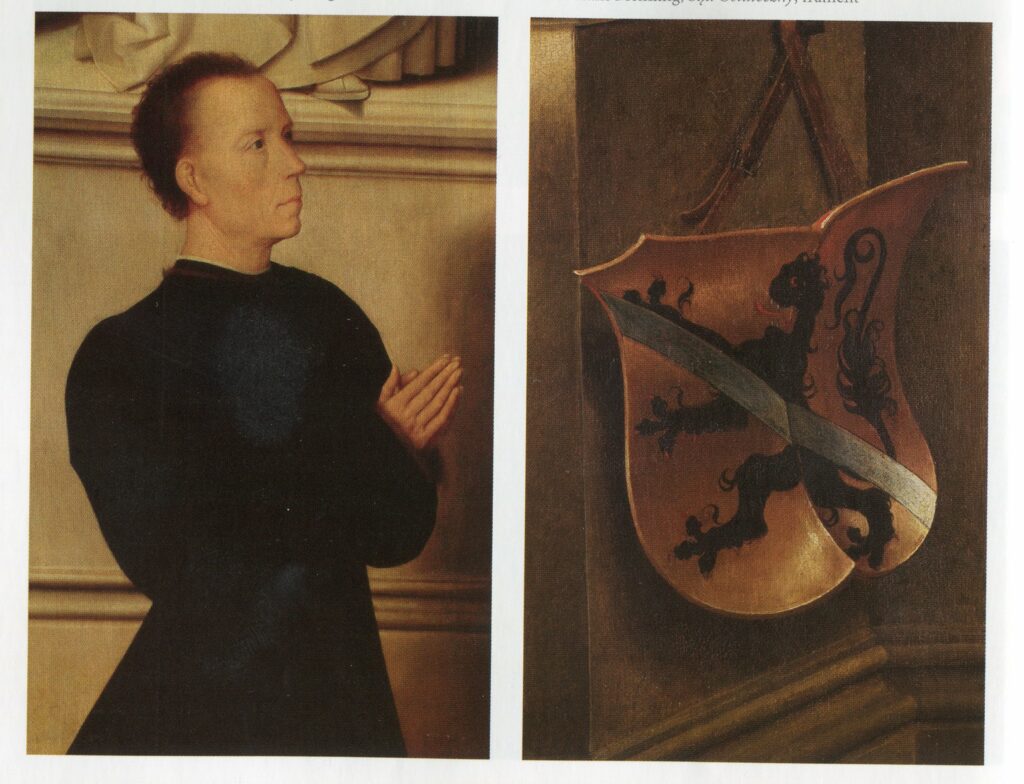
The Last Judgement altarpiece, now on display in the Department of Old Art at the National Museum in Gdańsk, is one of the most valuable historic works of art in Poland, and ranks among the country’s top ten paintings (often listed in first place) alongside Leonardo da Vinci’s Lady with an Ermine.
The painting has a turbulent history. It was commissioned from Hans Memling, then working in Bruges, by the Florentine banker Angelo Tani for his private chapel at the Badia Fiesolana (near Florence). However, the triptych never reached its intended destination. Along with other valuables, it was loaded onto the St Matthew, a galley owned by the Medici family. Flying Burgundian colours, the ship set sail for Florence. During this passage, on 27 April 1473 the galley was attacked by the crew of the great caravel Peter von Danzig, captained by the Gdańsk privateer Paul Beneke. As a result of this raid, both Memling’s masterpiece and the rest of the cargo aboard the galley was captured by Paul Beneke. The privateer gave the triptych to St Mary’s Church in Gdańsk. Although the artist remained unidentified, over the years the triptych itself became the object of desire of several famous rulers: Rudolf II, Peter the Great, and finally Napoleon I. It was at the behest of the last of these men that the triptych spent a brief spell at the Louvre, returning to Gdańsk in 1816. In the late 19th century the German art historian Aby Warburg published a thesis ascribing this work to Hans Memling; however, the debate over its attribution continues to this day. During the Second World War the Last Judgement was hidden in East Germany, and later, having been seized by the Soviet army, was taken to the Hermitage in what was then Leningrad. In 1956 the triptych returned to Poland and was entrusted to the Pomeranian Museum, now the National Museum in Gdańsk. Also returned with the triptych were around 150 paintings, some 4500 prints and drawings, several dozen sculptures, and the famous Missiva – correspondence registers containing copies of letters sent by Gdańsk’s medieval and modern authorities to various recipients, including monarchs and Hanseatic towns.
The painting has a turbulent history. It was commissioned from Hans Memling, then working in Bruges, by the Florentine banker Angelo Tani for his private chapel at the Badia Fiesolana (near Florence). However, the triptych never reached its intended destination. Along with other valuables, it was loaded onto the St Matthew, a galley owned by the Medici family. Flying Burgundian colours, the ship set sail for Florence. During this passage, on 27 April 1473 the galley was attacked by the crew of the great caravel Peter von Danzig, captained by the Gdańsk privateer Paul Beneke. As a result of this raid, both Memling’s masterpiece and the rest of the cargo aboard the galley was captured by Paul Beneke. The privateer gave the triptych to St Mary’s Church in Gdańsk. Although the artist remained unidentified, over the years the triptych itself became the object of desire of several famous rulers: Rudolf II, Peter the Great, and finally Napoleon I. It was at the behest of the last of these men that the triptych spent a brief spell at the Louvre, returning to Gdańsk in 1816. In the late 19th century the German art historian Aby Warburg published a thesis ascribing this work to Hans Memling; however, the debate over its attribution continues to this day. During the Second World War the Last Judgement was hidden in East Germany, and later, having been seized by the Soviet army, was taken to the Hermitage in what was then Leningrad. In 1956 the triptych returned to Poland and was entrusted to the Pomeranian Museum, now the National Museum in Gdańsk. Also returned with the triptych were around 150 paintings, some 4500 prints and drawings, several dozen sculptures, and the famous Missiva – correspondence registers containing copies of letters sent by Gdańsk’s medieval and modern authorities to various recipients, including monarchs and Hanseatic towns.
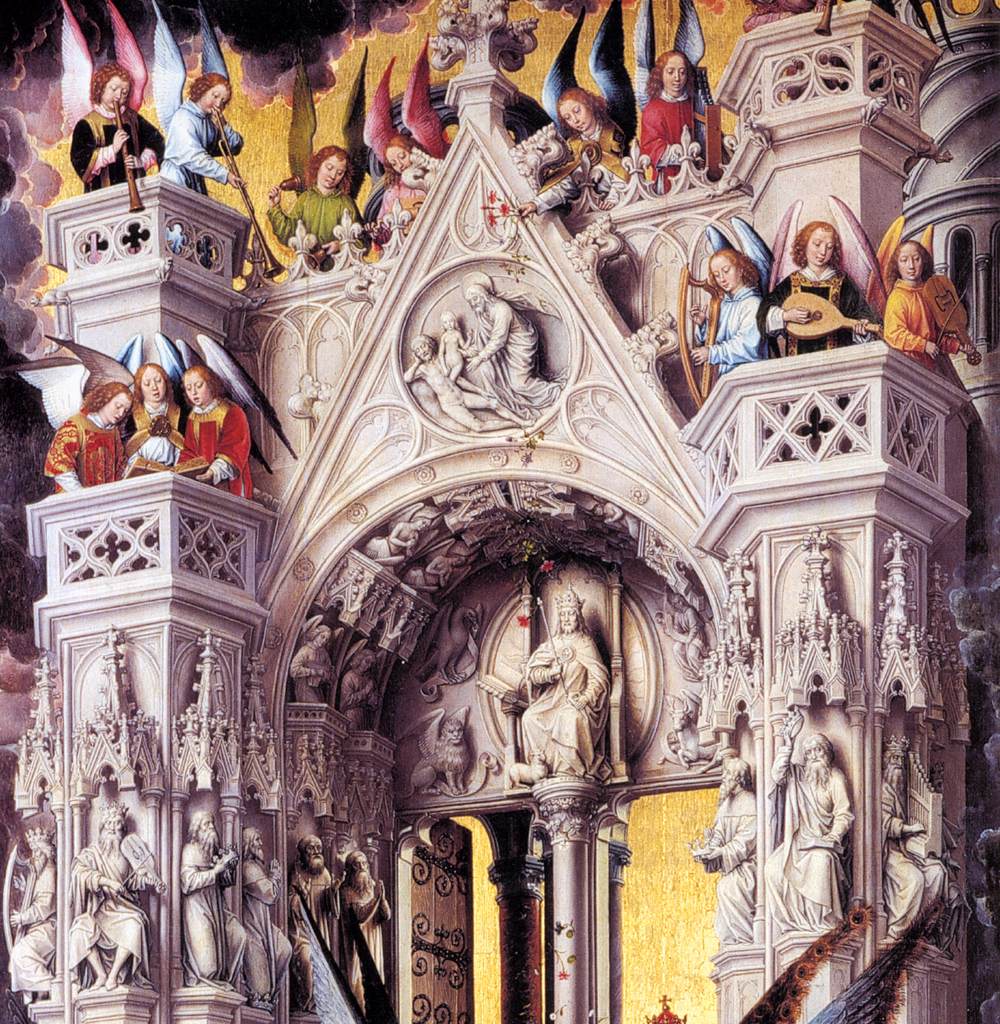
The painting and its colourful history offer rich research opportunities. It is high time to systematise this research, drawing on the expertise of specialists associated with the University of Gdańsk, which has been supporting the development of the humanities for 55 years, building traditions and scientific communities. Further reasons why this research should be conducted at the University of Gdańsk include the proximity of the triptych, which is located in the National Museum in Gdańsk, and the fact that most of the members of the Memling Research Center team have already conducted research on various aspects of The Last Judgement, and these topics deserve further in-depth study. An essential element of the proposed project is interdisciplinary research, as well as the implementation of applications for cooperation with the Fahrenheit University Association and the SEA-EU alliance.
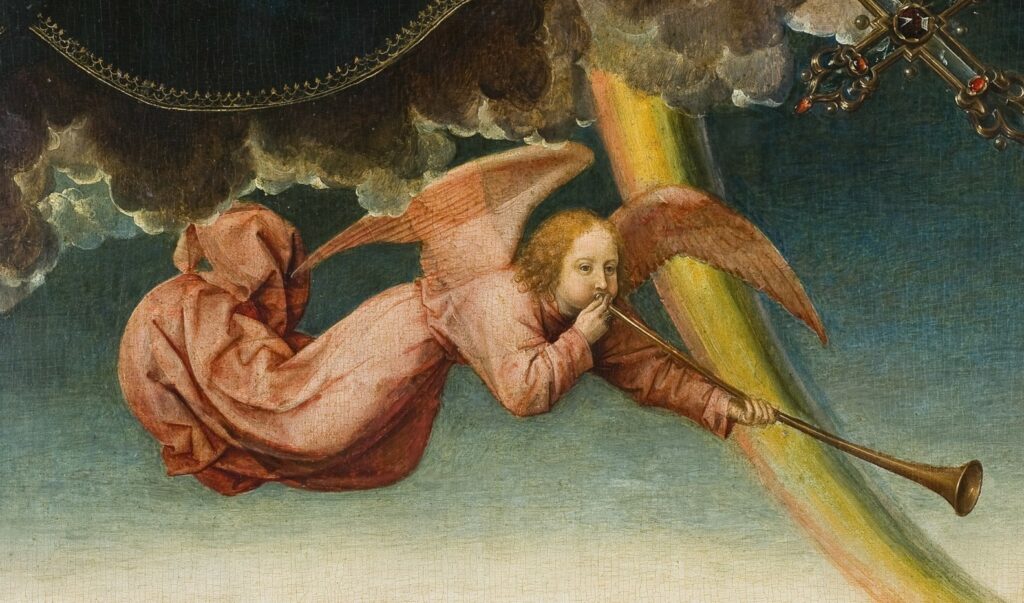
The Centre addresses fundamental intercultural issues related to the study of the image itself and related issues. The image serves as a starting point for a broad view of Europe (cultural heritage) and also plays a role in building a positive message about access to art (open university). Five areas of research have been identified: 1) historical, 2) legal, 3) cultural, 4) literary and 5) philosophical. This is an interdisciplinary project covering the humanities and social sciences; it also envisages extensive international cooperation, including within the SEA-EU alliance.

Research context
Historical themes:
a) the origins and fortunes of the painting;
b) a profile of the man who commissioned it – Florentine banker Angelo Tani, his connections, his involvement in the art market and patronage of the arts;
c) the changing response to the triptych over the centuries, starting from the 16th century, when its attribution was still unknown, up to the early 20th century, when it was scientifically identified as the work of Hans Memling; to gauge this response it will be important to collate from each period all reports and opinions about the painting; d) later connotations with the Brotherhood of St George in Gdańsk; e) the links between Gdańsk, the Hanse, the Duchy of Burgundy, France and Italy.
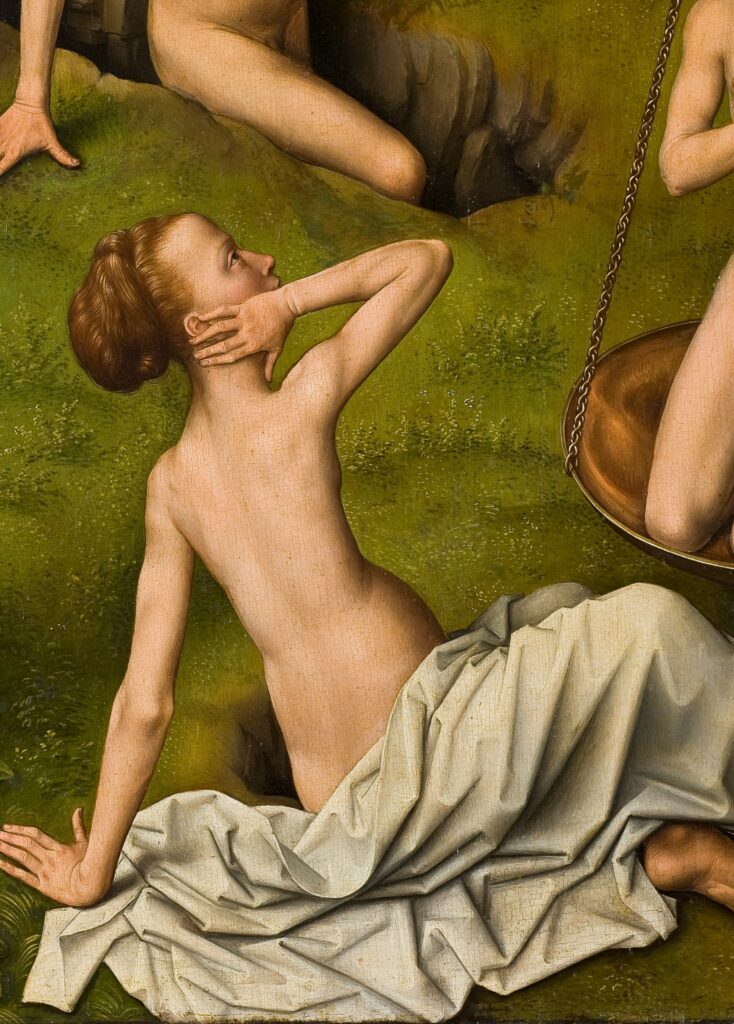
The contemporary history of the triptych from 1945 to the 21st century, involving a historical and legal analysis factoring in the circumstances surrounding the return of the triptych by the then USSR (when, how and why was it returned to Gdańsk?).
Legal, historical and philosophical discourse: areas covered will include an assessment of the attack by the great caravel Peter von Danzig on the galley St Matthew from the perspective of the then current law and prevailing political relations (examining the legality of the raid); letters of marque; a historical appraisal of Paul Beneke’s conduct and actions to see whether he emerges from this scrutiny as a privateer or more of a pirate; maritime aspects; restitution issues; the problem of ownership of the triptych (disputed between the state and the Church).
Artistic discourse: aesthetic analysis of the triptych and its place among the artist’s other works; Hans Memling in the context of his contemporaries; how the artist was regarded in Europe (commissions for his works); Memling’s triptych as compared to other representations of the Last Judgement.
Memling in the light of art historical research over the past fifty years.
Axiological discourse: philosophical debate concerning the human body, the transience of matter and the axiology of the Last Judgement.
Philosophical and legal discourse: the Last Judgement in the context of the aesthetics of law, hence the way in which the court, punishment, judges and attributes and symbols associated with the law/judgement are depicted.
The presence of the triptych in literature, including works connected with the Pomeranian region.
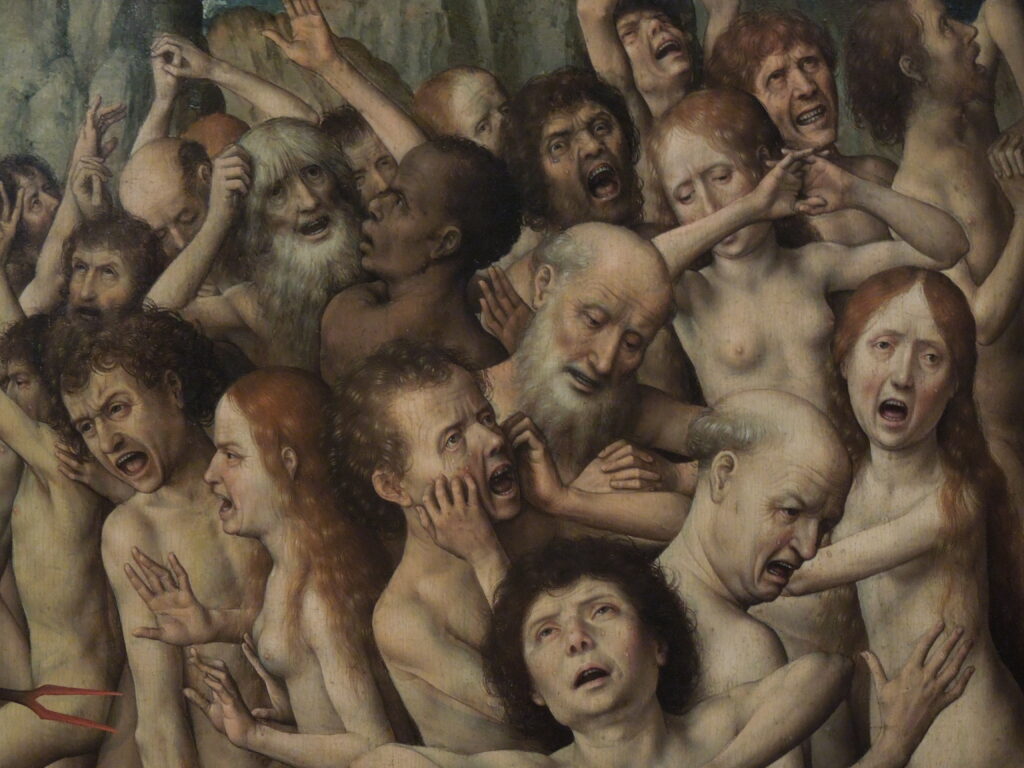
Memling in audio-visual culture, including the impact of the triptych on cultural consciousness in Gdańsk and its contemporary significance.
Another important aspect is the maritime context, broadly understood as naval culture. Ships, artists and paintings.
We invite you to follow our Facebook page: Facebook

